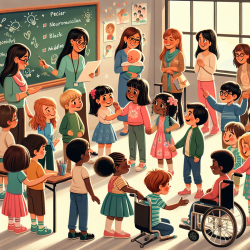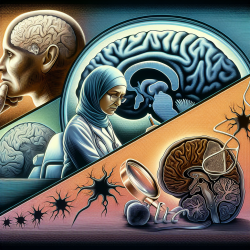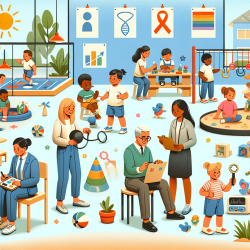The landscape of neurodevelopmental disorder (ND) treatment is rapidly evolving, thanks to groundbreaking research in molecular subtyping. This innovative approach is reshaping how practitioners diagnose and treat conditions like autism spectrum disorders (ASD), intellectual disability (ID), epilepsy, and schizophrenia.
The Shift to a Genotype-First Approach
Traditionally, ND diagnosis relied heavily on clinical observations and symptom-based criteria. However, recent advances in next-generation sequencing have paved the way for a genotype-first approach. By identifying patients with common genetic mutations before clinical reassessment, this method allows for more precise disease subtyping.
The research article "Molecular subtyping and improved treatment of neurodevelopmental disease" highlights the importance of classifying patients into genetic subgroups. This classification not only enhances diagnostic accuracy but also opens new avenues for targeted drug development.
Implications for Practitioners
Molecular subtyping offers several benefits for practitioners:
- Enhanced Diagnostics: By focusing on genetic etiology, practitioners can achieve more accurate diagnoses, reducing the risk of misclassification.
- Personalized Treatment: Tailoring treatments to specific genetic defects can improve patient outcomes and reduce trial-and-error prescribing.
- Research Opportunities: The genotype-first approach encourages further research into genetic pathways and their impact on ND manifestations.
Encouraging Further Research
The potential of molecular subtyping is vast, but it requires ongoing research and collaboration. Practitioners are encouraged to engage with current studies and contribute to expanding our understanding of ND genetics. Networking with fellow professionals at conferences or through webinars can facilitate knowledge exchange and foster innovation.
A Call to Action
Molecular subtyping represents a paradigm shift in ND treatment. By embracing this approach, practitioners can significantly enhance their diagnostic capabilities and therapeutic strategies. As we continue to unravel the complexities of genetic subtypes, the future holds promise for more effective management of neurodevelopmental disorders.
To read the original research paper, please follow this link: Molecular subtyping and improved treatment of neurodevelopmental disease.










